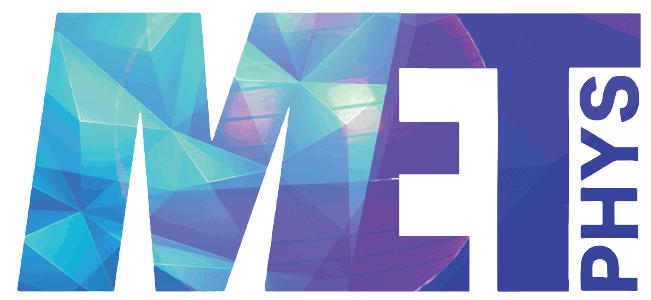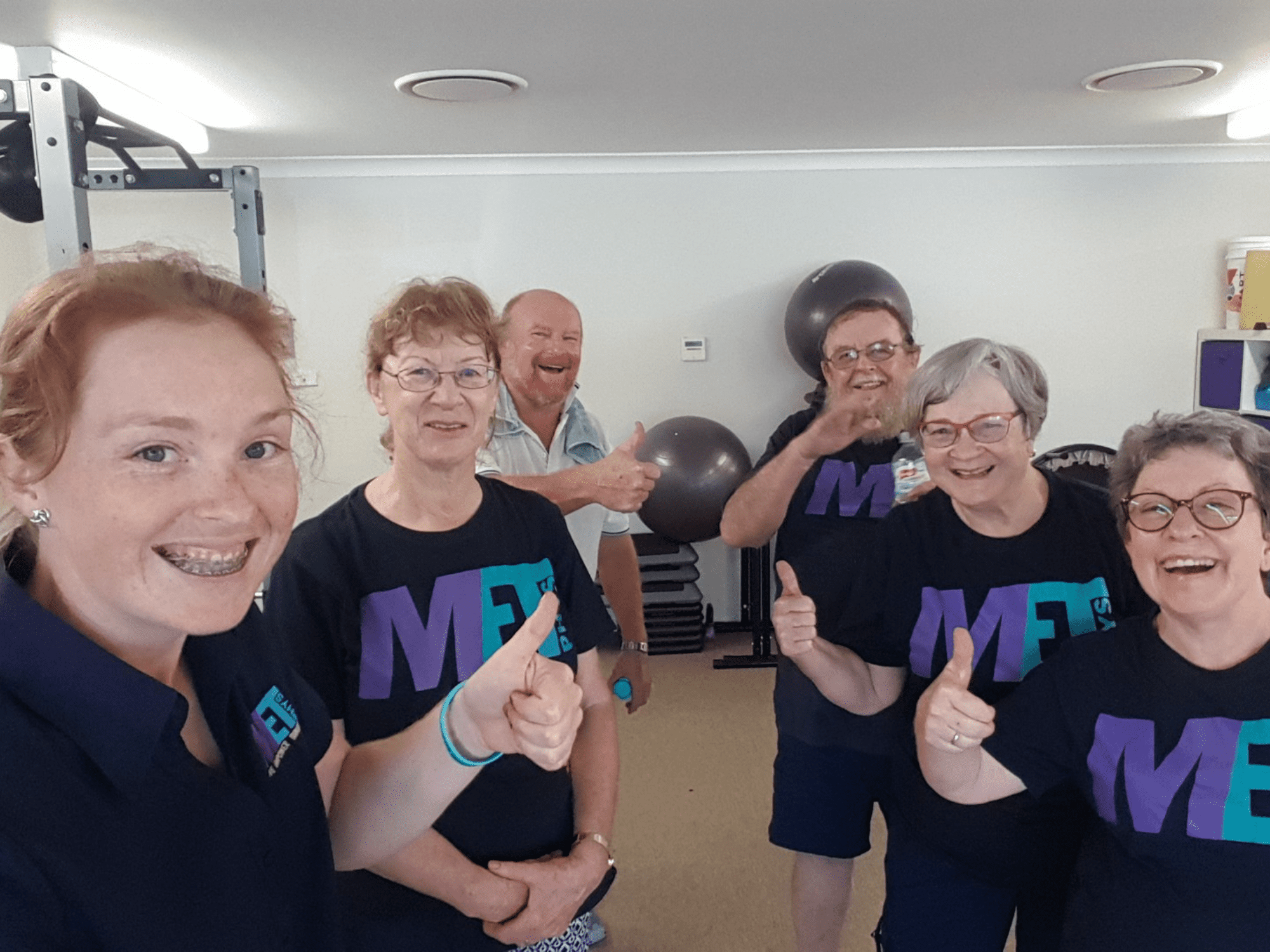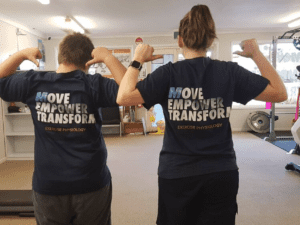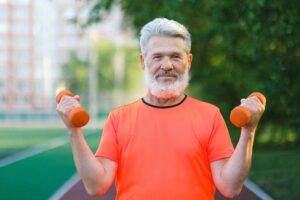Facts
- A stroke can happen in childhood and adulthood
- 1 in 4 people have a stroke
- More than 80% of strokes can be prevented
- Regional Australian‘s are 17% more likely to suffer a stroke than those in Metropolitan areas
Types of strokes
- Ischemic: An ischemic stroke happens when blood flow through the artery that supplies oxygen-rich blood to the brain becomes blocked. 87% of strokes are ischemic.
- Hemorrhagic: A hemorrhagic stroke happens when an artery in the brain leaks blood or ruptures (breaks open). The leaked blood puts too much pressure on brain cells, which damages them.
- Transient ischemic attack: A TIA or a mini-stroke from which you fully recover. It is often a warning sign for a future stroke
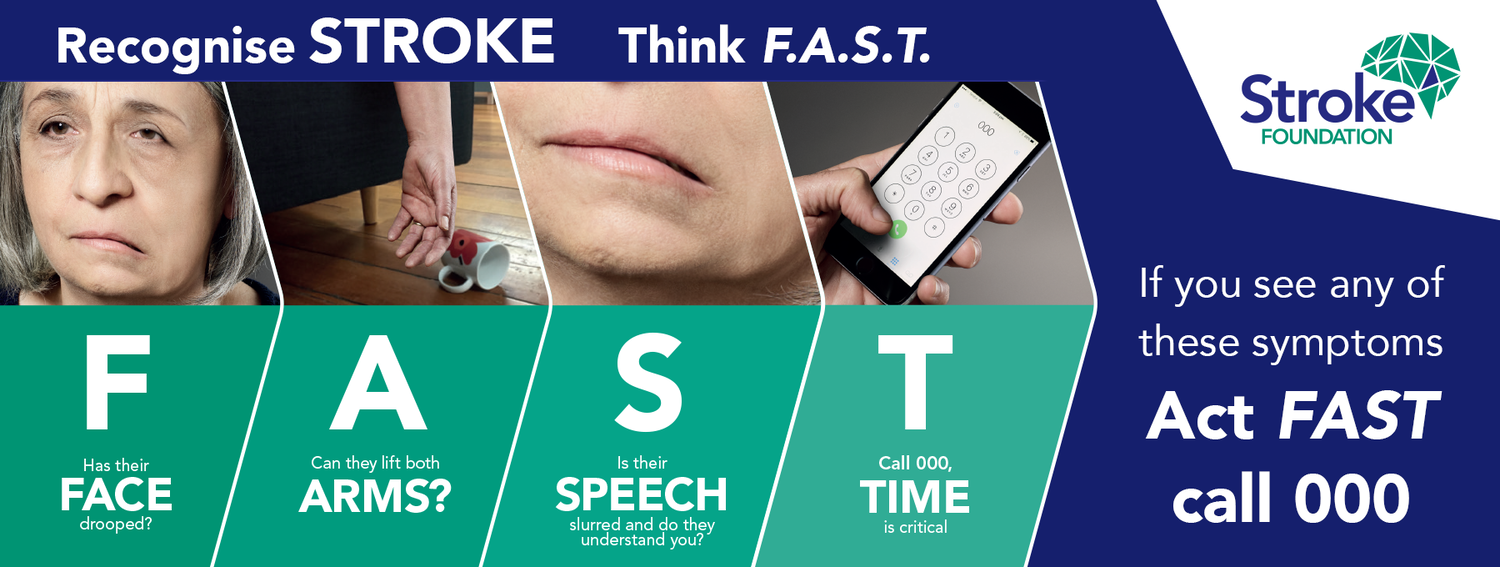
Diagnosis
Diagnosis of a stroke usually involves an in-depth examination of your medical history plus some testing that may include:
- Computer tomography (CT scan)
- Magnetic resonance imagining (MRI)
- Ultrasound
- Blood tests
- Echocardiogram (ECG)
- Cerebral angiogram
Stroke Risk Factors
Some stroke risk factors are high blood pressure, cigarette smoking, diabetes, high cholesterol, drinking, sedentary lifestyle, poor diet and obesity.
How can exercise help after a stroke has occurred?
- Increased Range of Motion
- Increased strength
- Improved mobility
- Improved fine motor skills
- Improved balance
- Decreased contractures
- Decreased risk of further complications
- Improved mental health
- Improved quality of life
